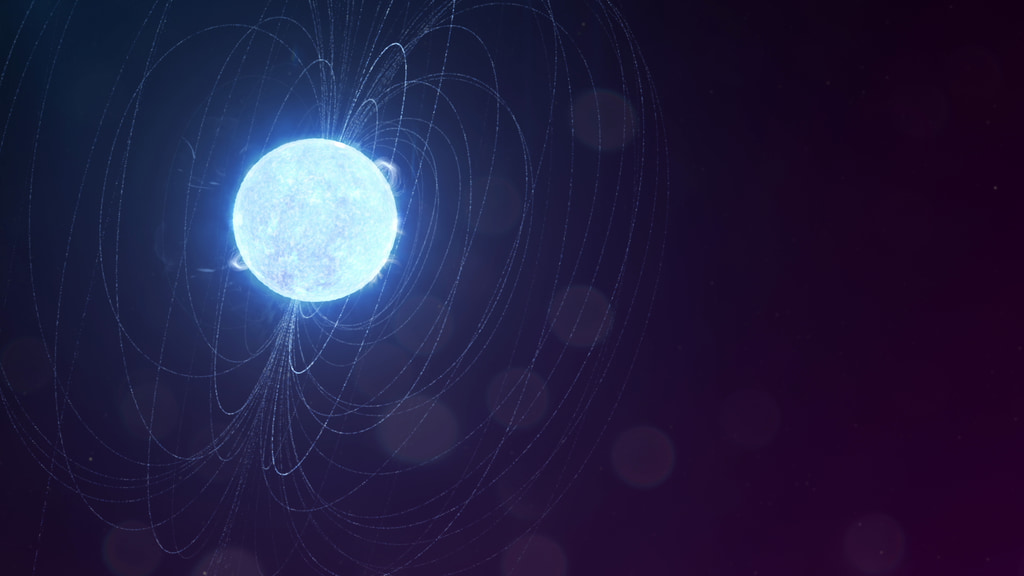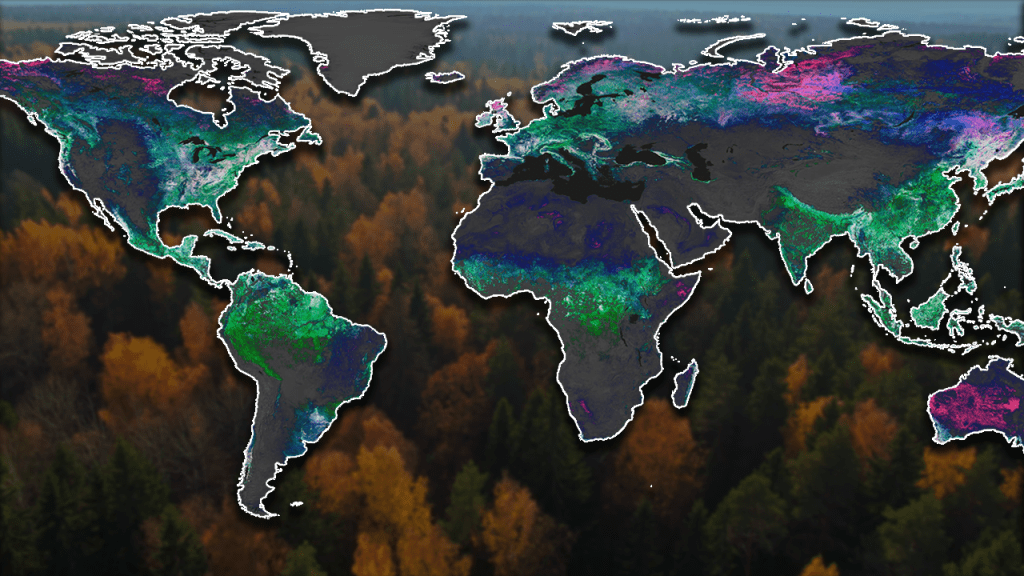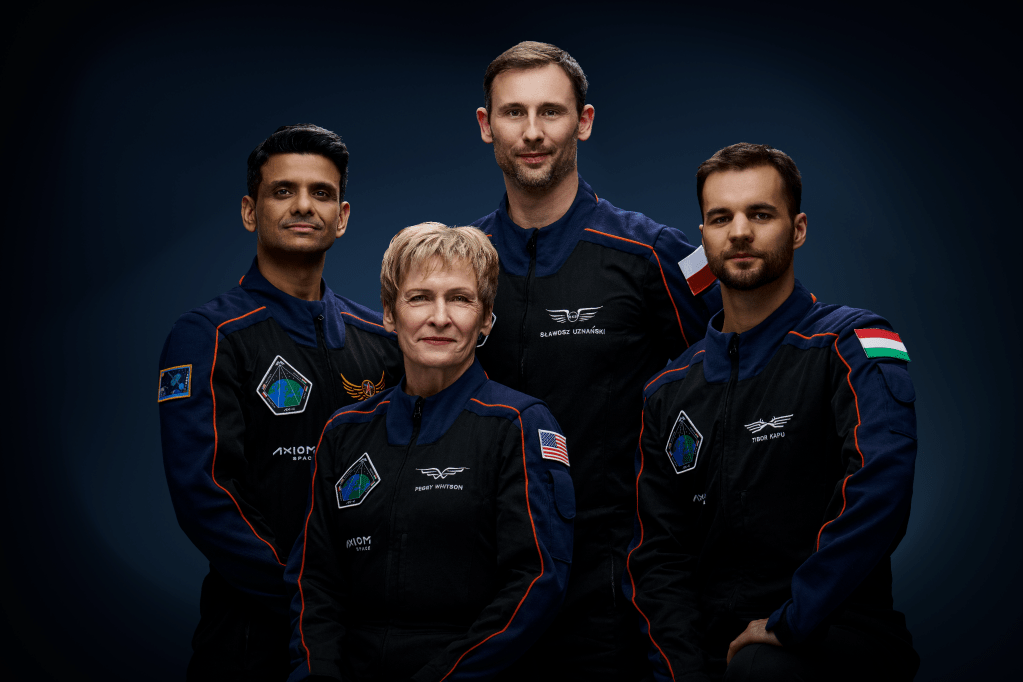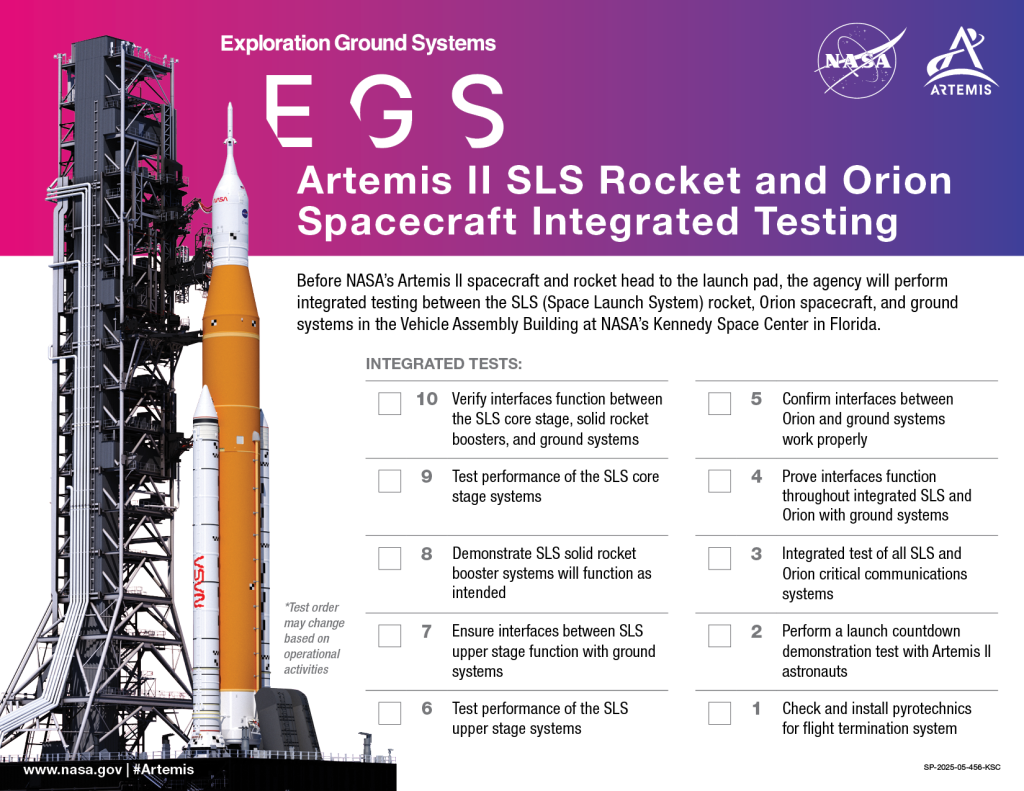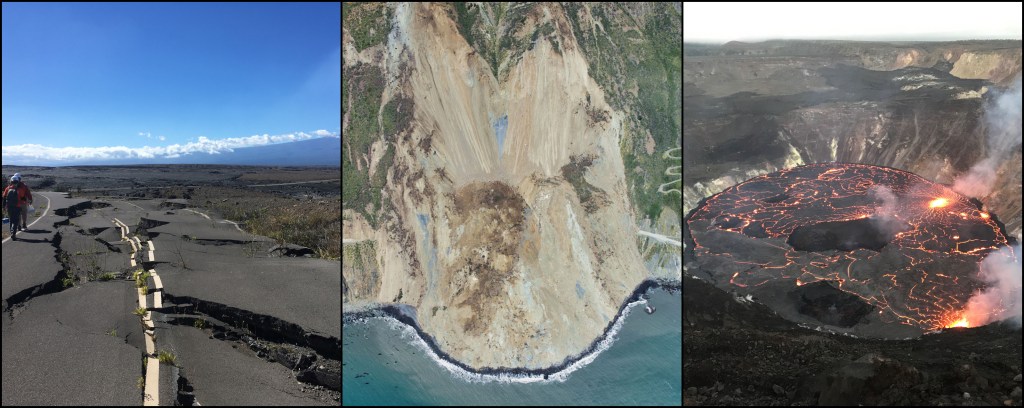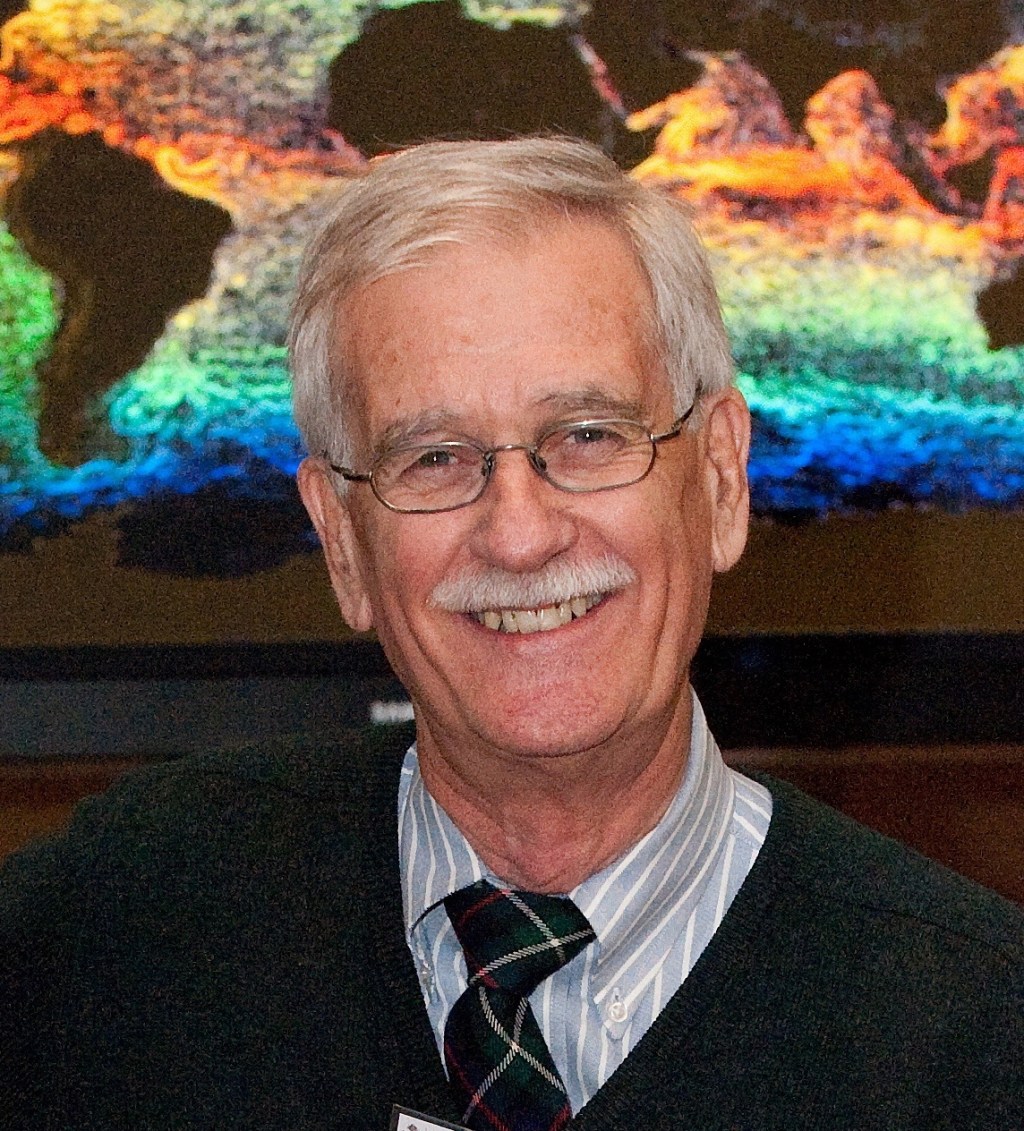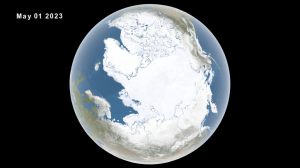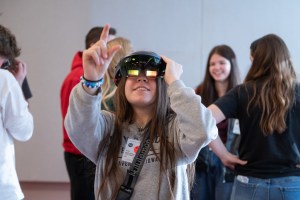NASA's social media and websites spanned the virtual universe in 2020, and they got noticed. NASA received 12 nominations for the 2020 Webby Awards, nearly double the number of any previous year.
The Rolling Stones on Mars, astronauts' reactions for your GIF collection, and Moon Tunes — NASA's social media and websites spanned the virtual universe in 2020, and they got noticed. The agency received 12 nominations for the 2020 Webby Awards, nearly double the number of any previous year.
“Receiving so many Webby nominations in different media and on multiple topics shows the creativity, dedication and diversity of NASA’s digital communications team,” said Bettina Inclán, associate administrator for communications. “I want to congratulate all of them on this well-deserved recognition.”
For the second straight year, NASA's social media was nominated for Best Overall Social Presence (Brand), a category in which NASA won both the 2019 Webby, awarded by judges, and the 2019 People's Voice, the result of a popular vote. Individual social media campaigns were also honored:
- NASA Astronaut Reaction GIFs (Best Photograpy and Graphics) — NASA's Johnson Space Center created a series of reaction GIFs with an astronaut for public use.
- NASA Explorers: Cryosphere (Social Content Series & Campaigns | Education & Discovery) — This first season of the NASA Explorers digital series takes viewers along with NASA researchers who study Earth’s changing ice.
- NASA Moon Tunes (Culture & Lifestyle) — NASA solicited entries for a playlist to accompany astronauts on their three-day trip to the moon during the Artemis program. More than 1 million submissions helped build the final playlist.
- Rolling Stones on Mars (Best Influencer Endorsement) — NASA named a rock that appeared to have been moved by the thrusters of NASA's Mars Insight Lander as it settled onto Mars. The campaign received 19 million social engagements.
- Send Your Name to Mars (Best Social Community Building and Engagement) — NASA's Jet Propulsion Laboratory allowed members of the public to send their names to Mars aboard the Perseverance rover; a record 10.9 million people did.
Four NASA websites received five nominations:
- NASA's Exoplanet Exploration (Weird and Science) — lets Internet users explore planets beyond our solar system, called exoplanets. The site won a People's Voice Award in 2018.
- NASA's Global Climate Change (Green) — tracks real-time data about how Earth's climate is changing. The site has received five nominations, winning two Webbys and two People's Voice awards.
- NASA Home and City (Government and Civil Innovation) — The new, upgraded interactive website lets users explore how NASA technology is in their home and around the world. A previous version of the site won a Webby for government in 2010.
The Solar System Interactive, which shows the current relative location of planets and other bodies, including spacecraft, was nominated in the Education & Reference category of Apps, Mobile and Voice.
The "Down to Earth" video series, in which astronauts talk about their perspective on Earth from space, was nominated in the Science & Education video category.
NASA had three honorees in addition to the nominees:
- How the Visually Impaired Experience Hubble Images (Video) — The book "Touch the Universe" by Noreen Grice features some of Hubble's most well-known photographs; but all of these photos were specially made to include everyone.
- NASA JPL-edu Teachable Moments — Teachable Moments harness the latest space missions and discoveries from NASA to help educators inspire the space explorers of the future.
- NASA.gov (Government and Civil Innovation) — NASA's home page has previously received three Webby Awards and 11 People's Voice awards.
The agency’s use of social media began in earnest in 2008, when Veronica McGregor, news manager at NASA’s Jet Propulsion Laboratory (JPL) in Pasadena, California, began tweeting in the voice of the Mars Phoenix Lander. Since then, the agency has added channels across a variety of platforms. On Twitter, NASA has 36 million followers, with 22 million on Facebook and 57 million on Instagram.
NASA’s social media presence and the NASA.gov website are managed by NASA’s Office of Communications.
Established in 1996, The Webby Awards are presented by the International Academy of Digital Arts and Sciences. In 2019, there were more than 13,000 entries, and more than 3 million votes were cast for the People’s Voice awards.





